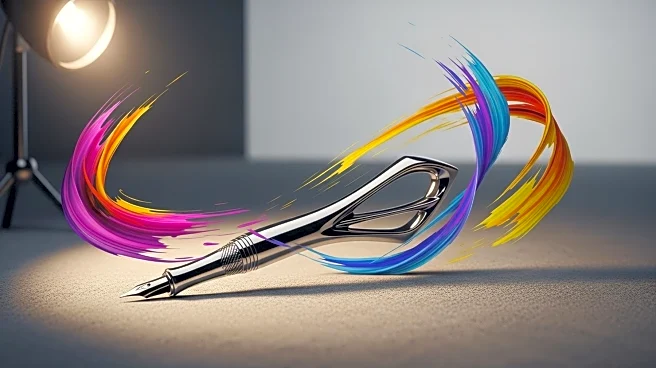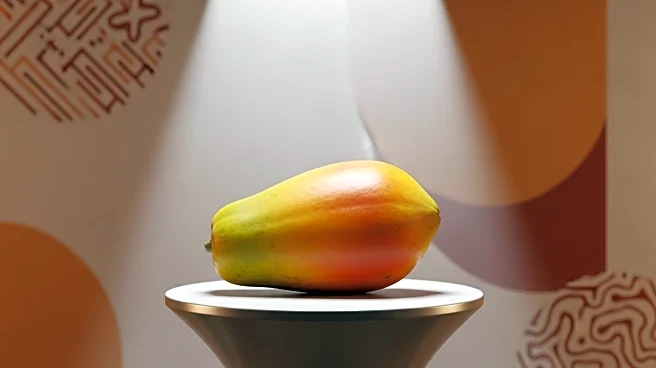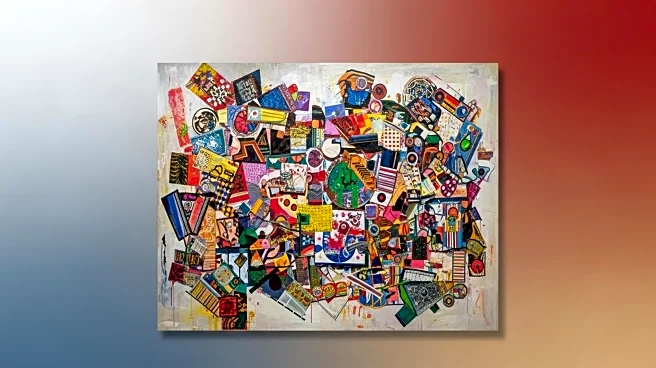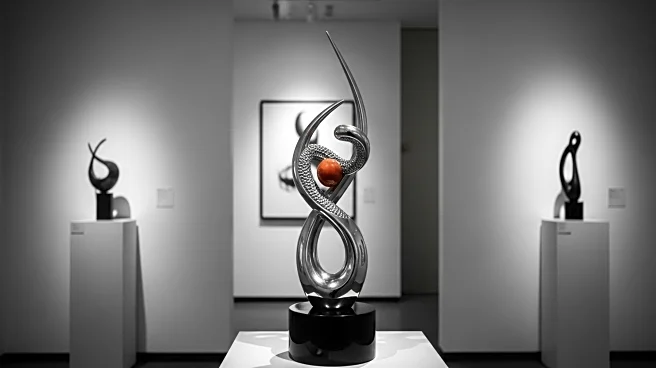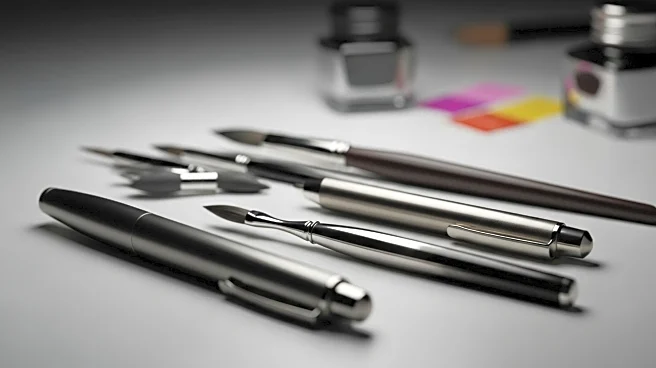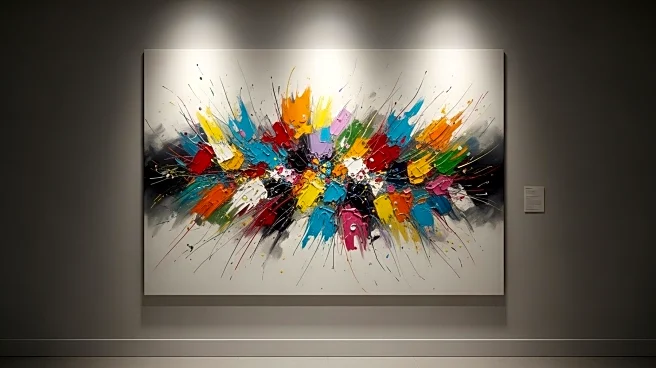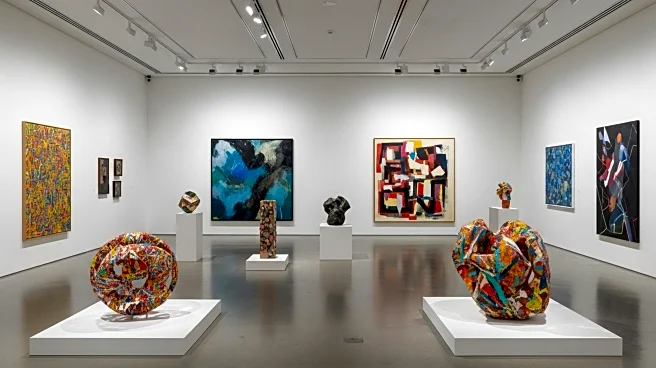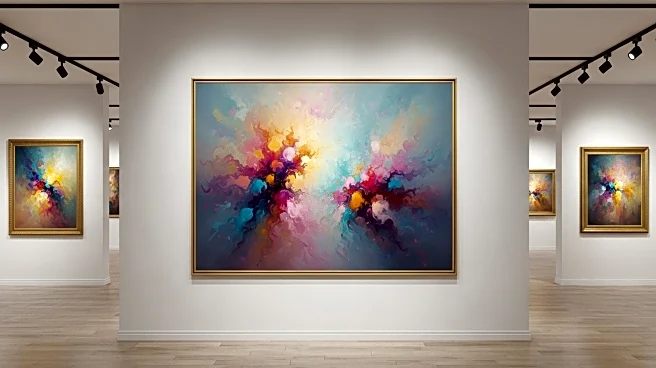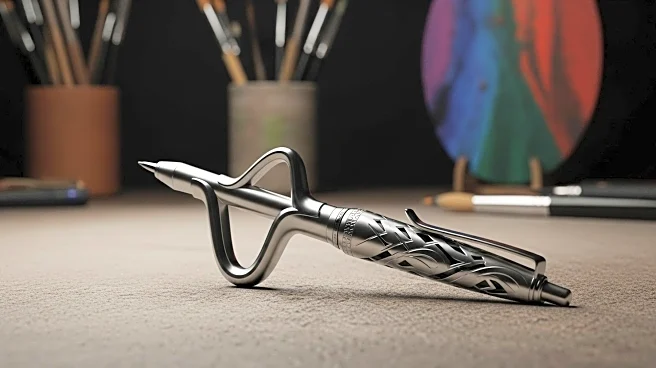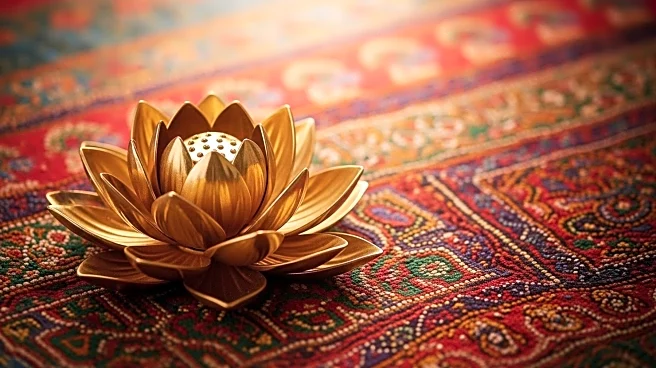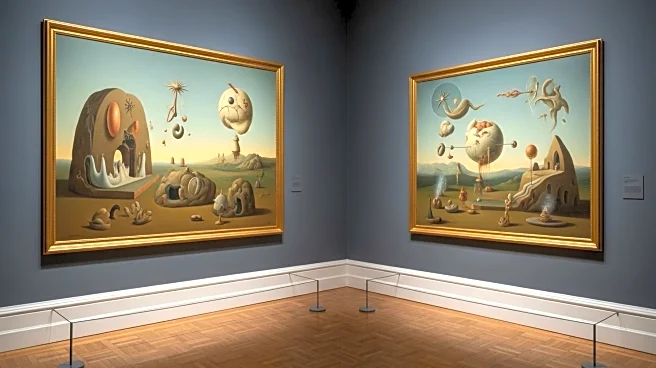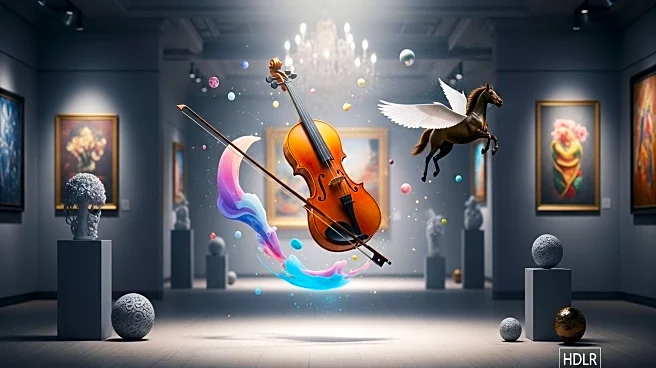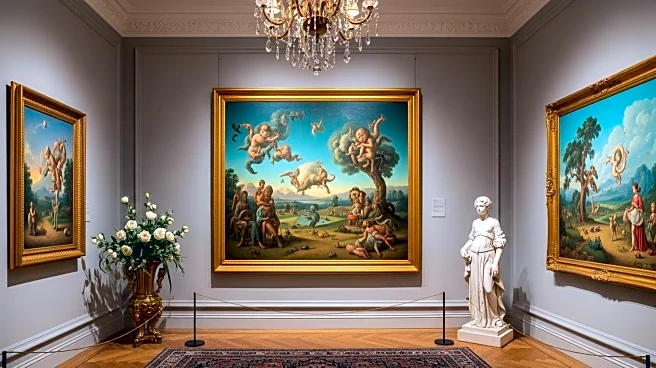What is the story about?
What's Happening?
Contemporary artists are challenging the traditional boundaries of calligraphy by exploring new mediums and techniques. These artists are moving away from conventional brush and ink methods, instead using light, chemicals, vines, and digital code to create calligraphic works. This innovative approach preserves the formal language of calligraphy while expanding its expressive potential. Artists like Yang Jiechang and Li Shun are using their work to reflect on cultural memory, ecological themes, and spiritual inquiry, demonstrating that calligraphy remains a vital form of expression.
Why It's Important?
The reimagining of calligraphy by contemporary artists signifies a broader trend of innovation in the art world, where traditional practices are being adapted to modern contexts. This evolution allows for new interpretations and applications of cultural heritage, making art more accessible and relevant to today's audiences. By incorporating diverse materials and techniques, artists are able to engage with pressing social and environmental issues, offering fresh perspectives and fostering dialogue. This shift highlights the dynamic nature of art and its ability to adapt and resonate across different cultures and generations.
Beyond the Headlines
The exploration of calligraphy beyond traditional methods raises questions about the role of cultural heritage in contemporary art. It challenges the notion of authenticity and originality, prompting discussions on how art can bridge cultural divides and contribute to global conversations. These innovative practices may inspire further experimentation in other art forms, encouraging artists to push boundaries and redefine artistic expression. The integration of technology and nature in calligraphy also reflects broader societal shifts towards sustainability and digitalization.
AI Generated Content
Do you find this article useful?
